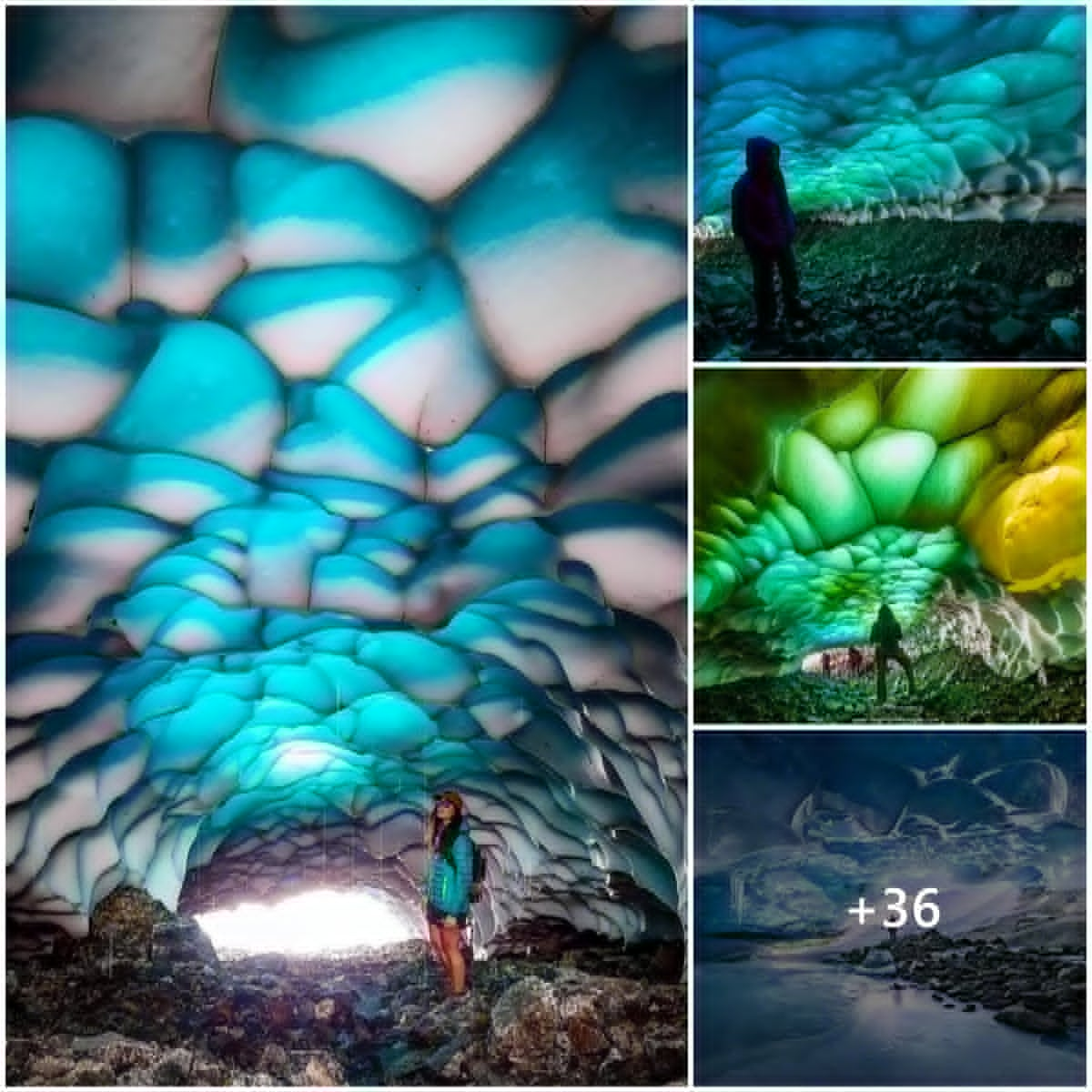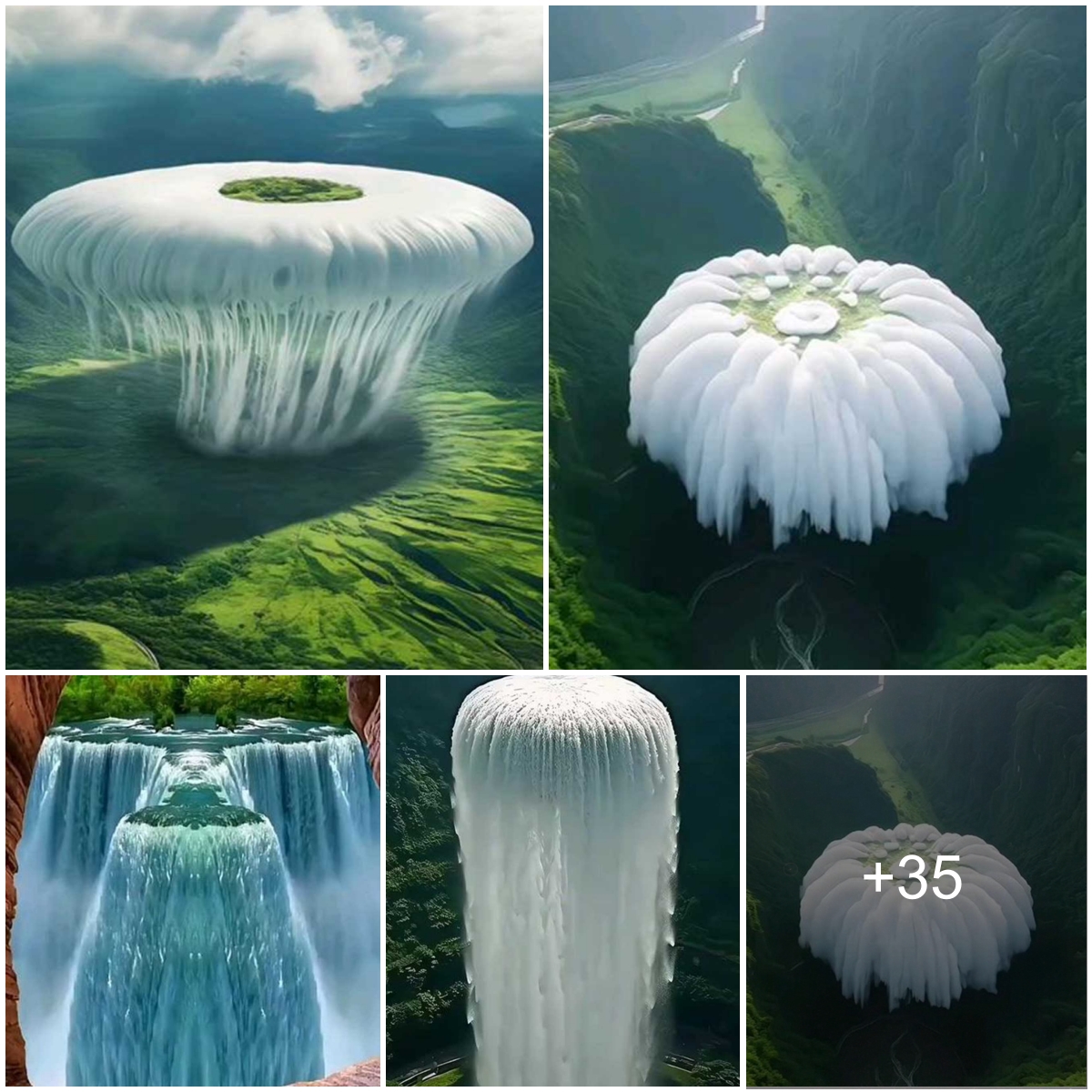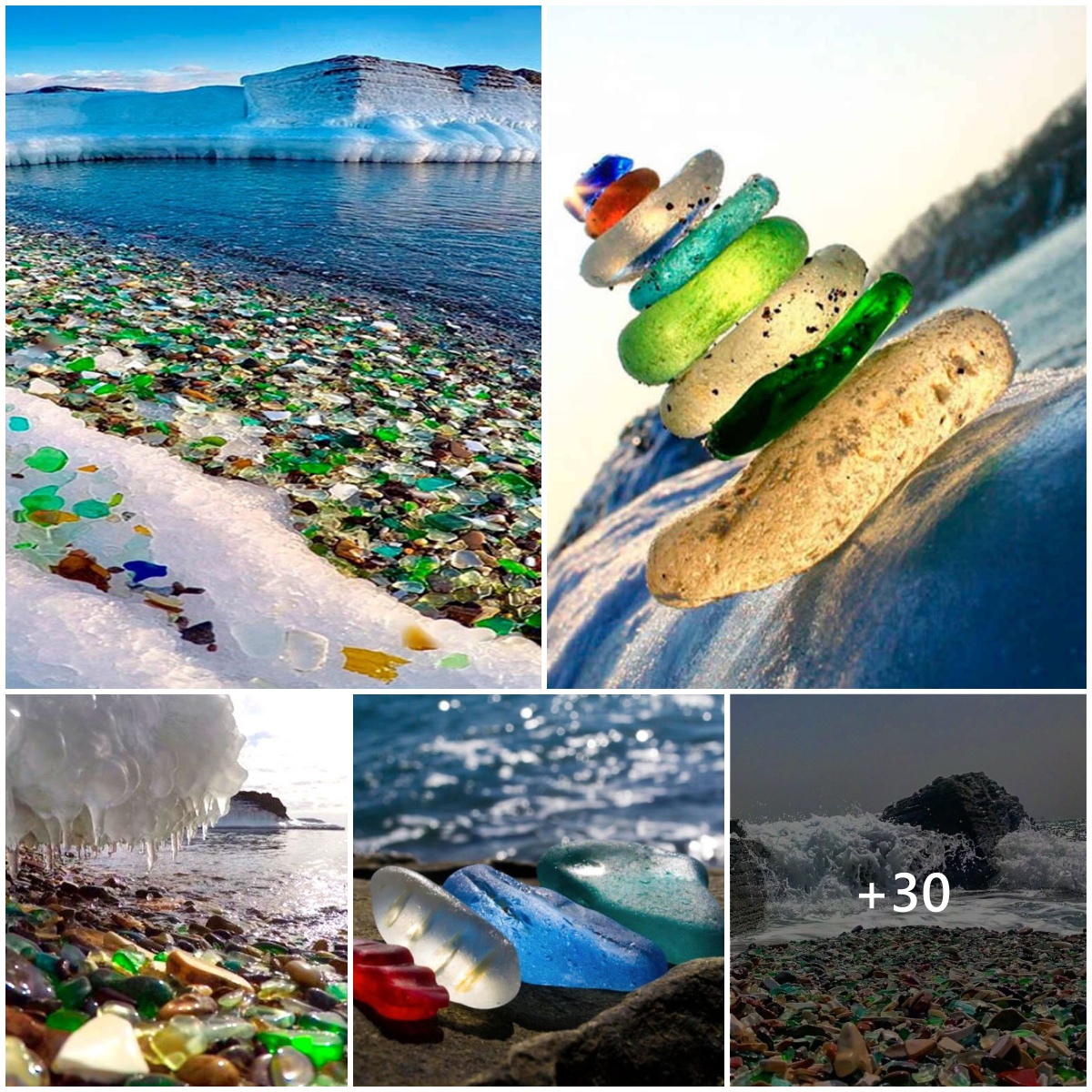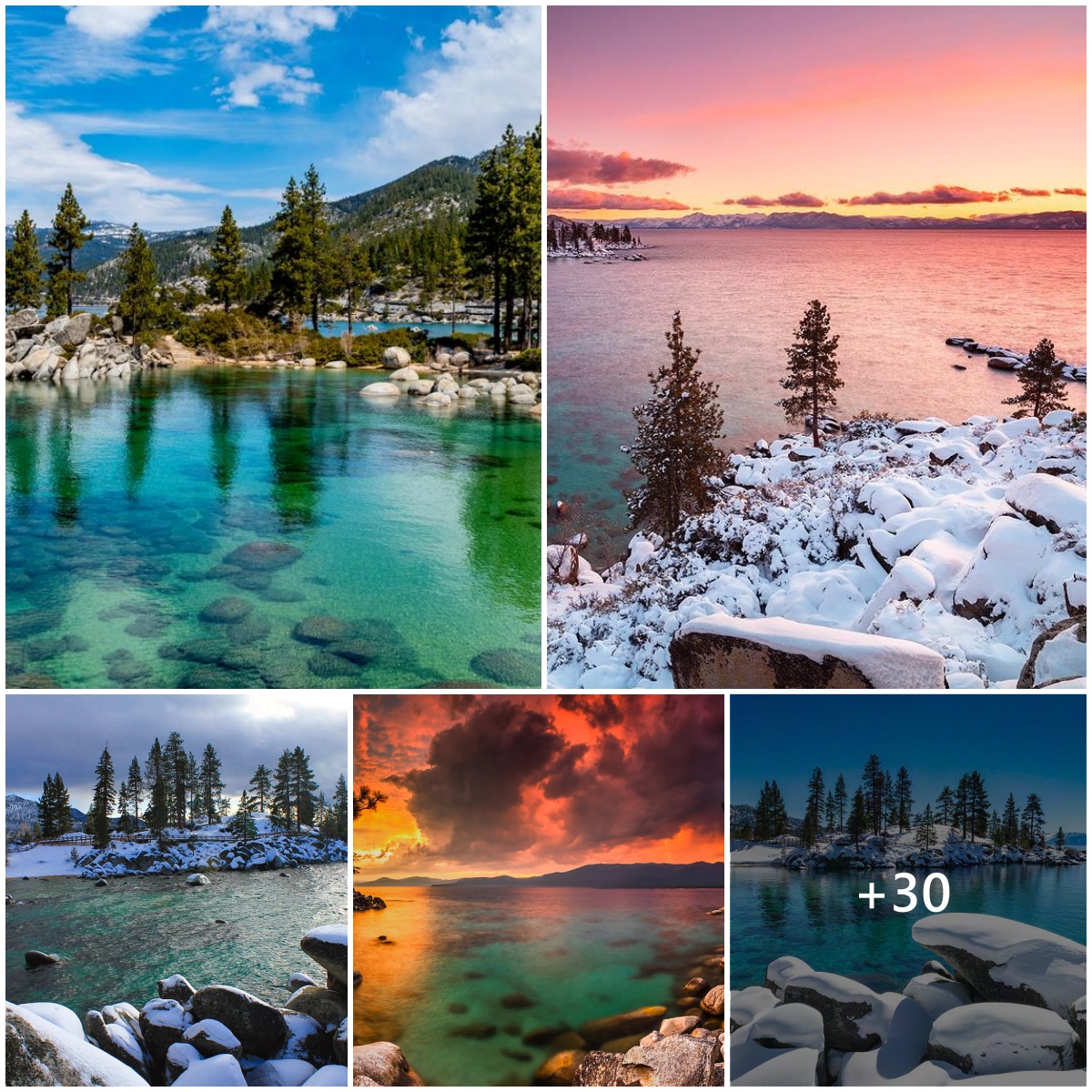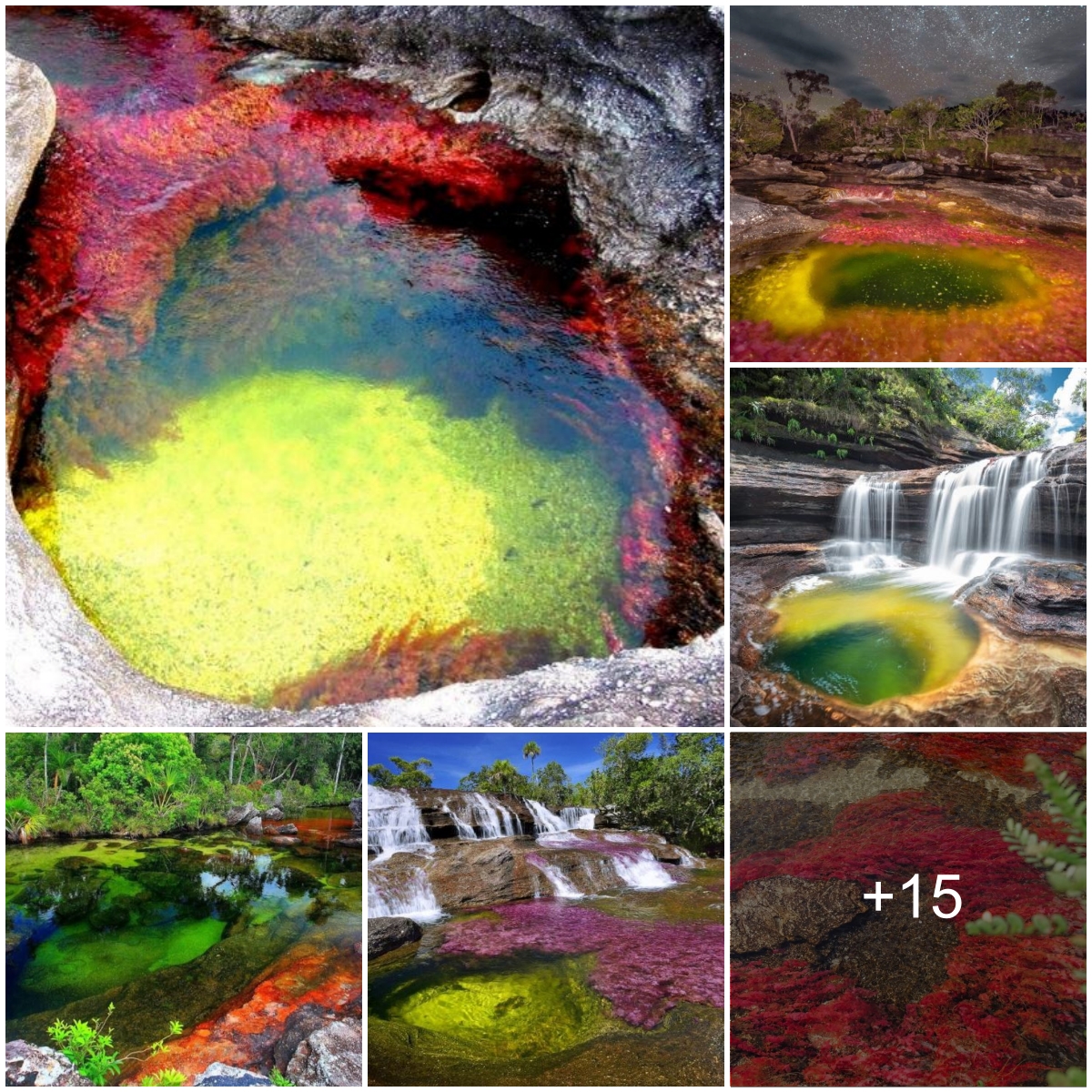NEWS
Nature is sometimes eternal, sometimes it also changes over time. Under the impact of rising sea levels, volcanoes and especially human exploitation and destruction… beautiful natural landscapes can be destroyed. In just about a decade, many famous tourist destinations have “disappeared”, leaving regret and a warning to people.
1. Stone arch at Legzira beach, Morocco
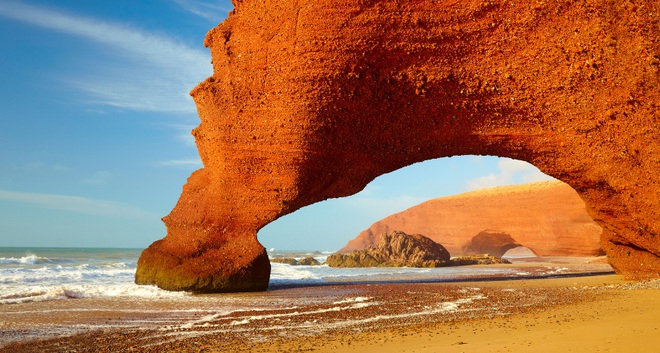
Legzira Beach is located on the Atlantic coast, in Morocco. For a long time, Legzira has always attracted tourists because of its two giant cliffs that look like mother nature’s masterpieces. However, in September 2016, the base of the arch could no longer bear the weight of the roof above and one of the two stone arches collapsed. Not only that, the remaining stone arch is predicted by experts to also meet a similar fate in the next few years.
2. Coral reef at Christmas Island, Australia
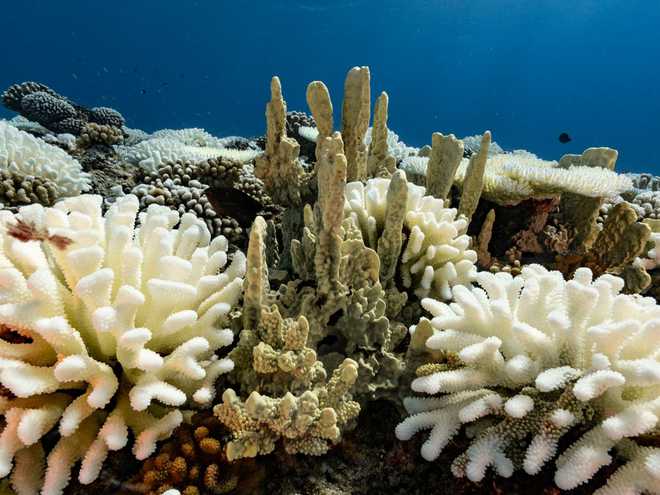
Experts from Victoria University have determined that only 5% of the brilliant, extremely beautiful and unique corals on Christmas Island survived the El Niño phenomenon in 2016. El Niño caused sea water to unusually hot, causing many storms. Christmas Island is the largest coral island in the world and is an extremely popular diving destination. The disappearance of coral reefs here makes visitors extremely regretful.
3. Faroe Islands
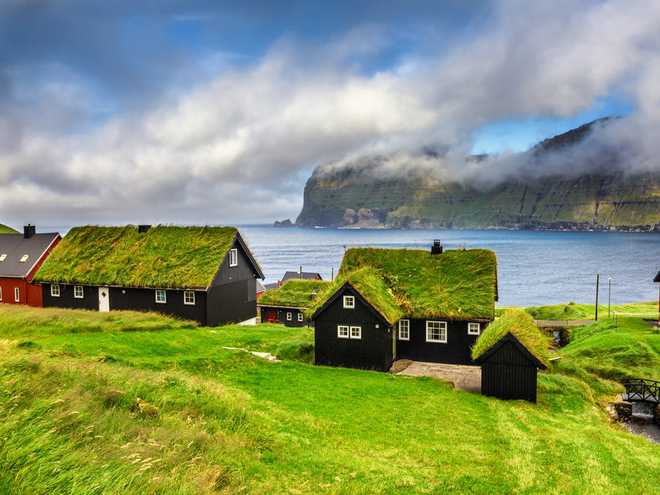
The Faroe Islands are a beautiful small Danish island with nearly 50,000 inhabitants. Although it has not disappeared, many Faroese tourist areas have officially closed and no longer welcome tourists since 2020 because tourism exploitation has seriously affected the natural landscape here. To ensure that the poetic and fairy-tale features of Faroe are preserved, the government decided to close the tourist area and only accept volunteers to visit the island to renovate areas that have been eroded and damaged before. there.
4. Darwin’s Arch in the Galápagos Islands, Ecuador
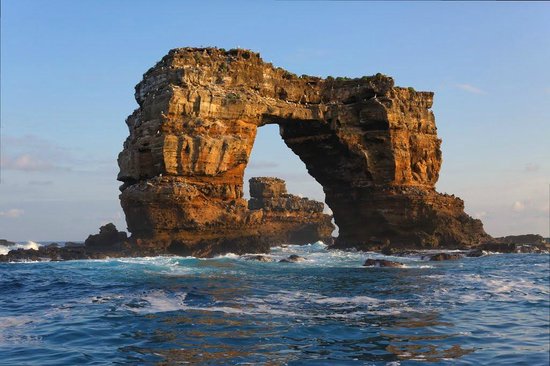
On May 17, 2021, the famous natural stone arch named after British biologist Darwin collapsed in the middle of the Pacific Ocean. The reason it collapsed was later determined to be the result of erosion. Previously, this area was recognized by UNESCO as a World Heritage Site with a rich marine ecosystem including many types of marine flora and fauna.
5. Dolomites Village, Italy
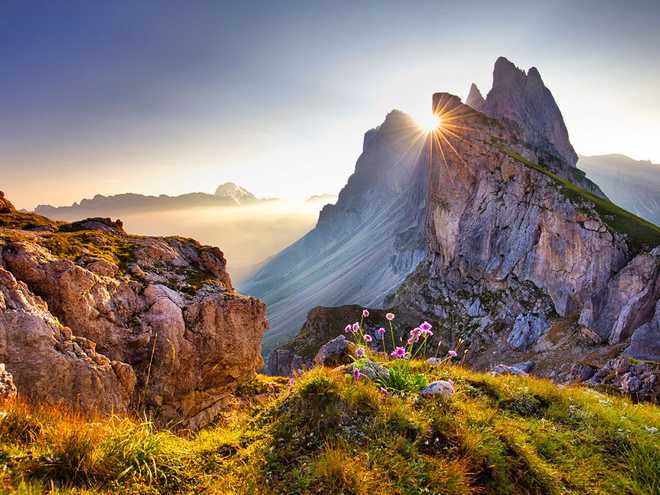
At least 17 people died in November 2018 when a massive storm swept through the Italian Dolomites mountain village. This storm also wiped out about 14 million trees, causing the entire forest that was previously considered a “fairyland on earth” to be permanently wiped out. The Dolomites may “recover” in the future, but it will take at least 100 years.
6. Chacaltaya Glacier, Bolivia
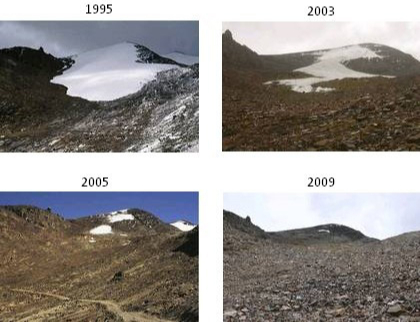
In 2009, the 18,000-year-old Chacaltaya glacier in Bolivia completely melted due to climate change and global warming. The entire world’s highest ski area on the top of the mountain had to be permanently closed. Previously, the melting of Chacaltaya had been predicted, but scientists said it would take until 2015 for it to melt. The effects of climate change have caused this process to happen faster than expected.
7. Hillary Cliff, Mount Everest
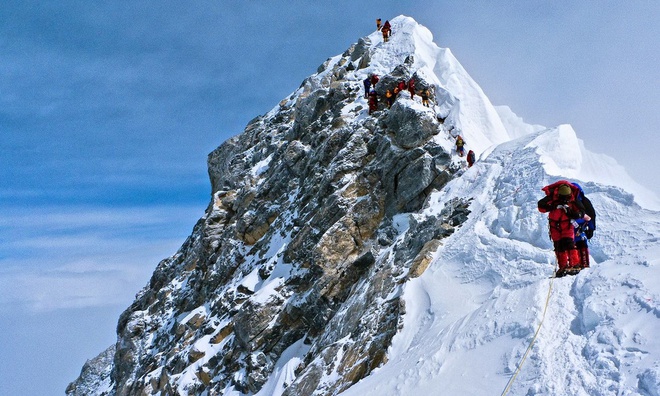
Hillary Cliff is considered the top challenge for those who want to conquer Mount Everest – the roof of the world. Hillary Cliff collapsed after an earthquake in Nepal in 2015. This cliff was 12 meters high, almost vertical at the southeast edge. The disappearance of Everest’s difficult but also stimulating obstacles is a great loss for people who love climbing and exploring.
8. Slim River, Canada
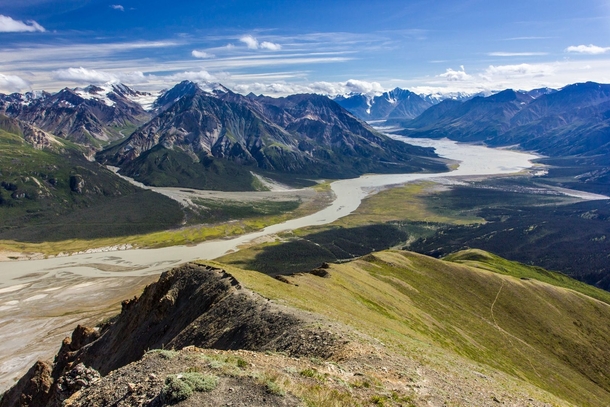
In early 2017, the entire Slim River in the Yukon territory, Canada almost evaporated overnight in the surprise of local people and the media. After that, the culprit behind Slim’s disappearance was believed to be the Kaskawulsh glacier, which is the main source of water for this river. The Kaskawulsh River suddenly switched to feeding another river, causing Slim to dry out.
9. Solomon Islands, Papua New Guinea
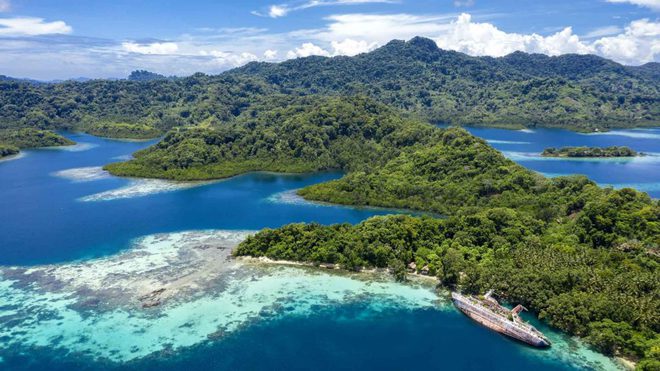
Within the first few years of the 2010s, at least five islands in the Solomon Islands were submerged by sea water. Rising sea levels are continuing to put many islands in this area at risk, so the government is trying to plan migration for people.
10. Twelve Apostles Marine National Park, Australia
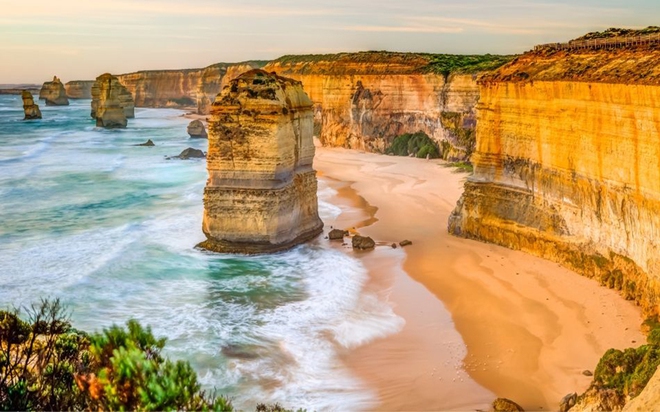
5 of the 12 stone blocks representing the 12 apostles in the Bible located along the Great Ocean Road, Australia have collapsed and crumbled due to harsh weather. These rocks have stood there for thousands of years, associated with many spiritual legends of the local people.
Source: Insider
The beautiful coral reefs in Vietnamese waters are at risk of mass decline, many places have had to make plans to “rescue”

